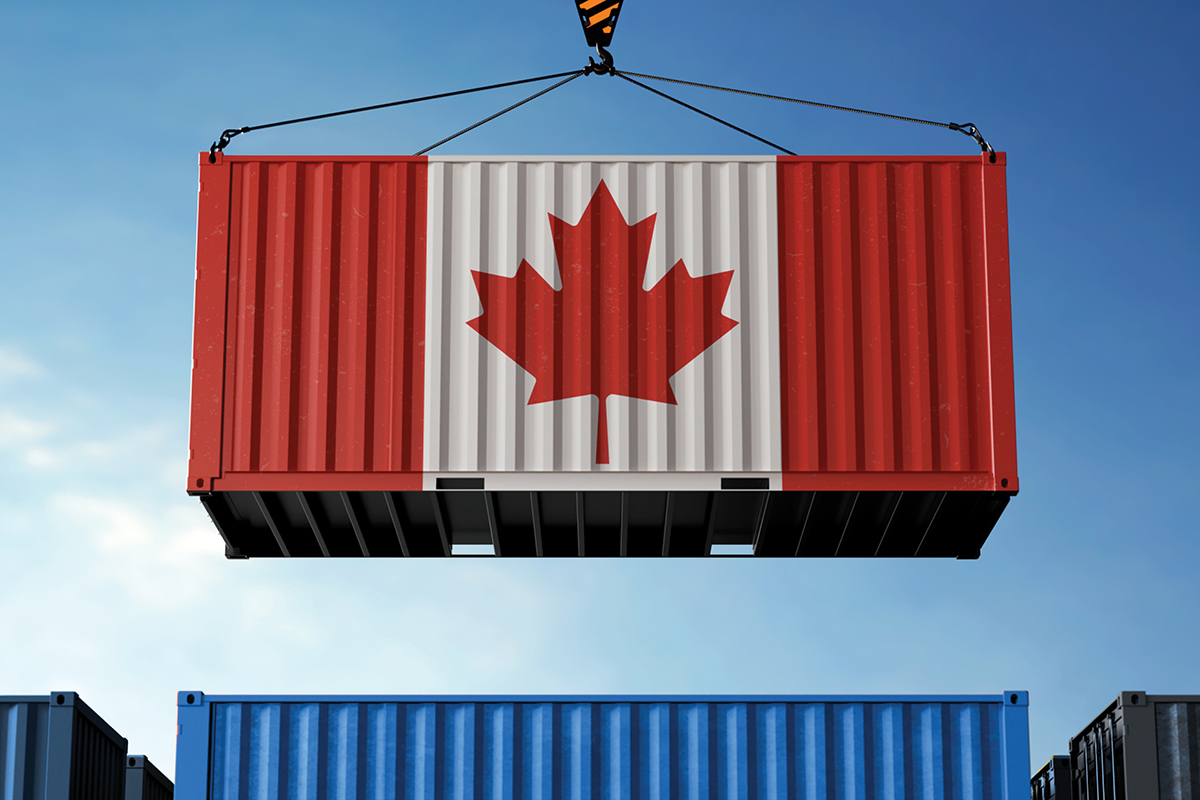Canada's economy is one of the largest and most diverse in the world, characterized by a rich tapestry of industries, a high standard of living, and a commitment to social welfare. This article explores the key components of the Canadian economy, recent developments, challenges, and future outlook.

Key Components of the Canadian Economy
- Natural Resources and Energy Sector
Canada is endowed with vast natural resources, making the extraction and production of these resources a cornerstone of its economy. The country is one of the world's leading producers of oil, natural gas, and minerals. Alberta’s oil sands, for instance, play a crucial role in the national energy landscape, while British Columbia is known for its robust forestry and mining industries.
The energy sector, particularly oil and gas, has historically been a significant contributor to Canada's GDP and job market. However, in light of global shifts towards renewable energy sources and climate change concerns, Canada is increasingly focusing on sustainable practices and innovation in energy production. Investments in renewable energy, such as hydroelectric, wind, and solar power, are growing, reflecting the nation's commitment to reducing greenhouse gas emissions and transitioning to cleaner energy sources.
- Manufacturing Industry
The manufacturing sector also plays a critical role in the Canadian economy, contributing a substantial percentage to the GDP. Key areas of manufacturing include automotive, aerospace, machinery, and food processing. Ontario, often referred to as the manufacturing hub of Canada, is home to several major automobile manufacturers and has a well-established supply chain.
Recent trends indicate a push towards innovation in manufacturing processes, emphasizing automation and advanced technologies such as artificial intelligence (AI) and robotics. This shift aims to boost productivity and enhance global competitiveness. Moreover, as companies look to adapt post-pandemic, reshoring and diversifying supply chains have become prominent strategies.
- Service Sector Dominance
The service sector is the largest component of the Canadian economy, contributing approximately 70% of the GDP. Key industries within this sector include finance, healthcare, education, and tourism. Major cities like Toronto, Vancouver, and Montreal serve as financial and cultural centers that drive service sector growth.
In recent years, the rise of technology and digital services has transformed the landscape, with companies increasingly focusing on e-commerce, remote work capabilities, and tech-driven solutions. The COVID-19 pandemic accelerated these trends, compelling many businesses to innovate and adapt to new consumer behaviors.
- Trade and International Relations
Canada is a trading nation, with international trade constituting a significant portion of its economy. It has established strong trading relationships, particularly with the United States, which accounts for about 75% of Canada's exports. Additionally, Canada is a member of various international trade agreements, such as the United States-Mexico-Canada Agreement (USMCA), which successfully replaced the North American Free Trade Agreement (NAFTA).
The diversity of Canada’s trade partnerships, extending to countries in Asia, Europe, and South America, illustrates its position as a global player in trade. The government has been actively pursuing trade diversification strategies to reduce dependence on any single market and to tap into emerging economies.
Recent Developments and Economic Recovery
Following the onset of the COVID-19 pandemic, Canada’s economy faced significant challenges, including job losses and disrupted supply chains. However, as restrictions eased and vaccination rates increased, the economy began to recover. Government support measures, such asthe Canada Emergency Response Benefit (CERB) and wage subsidies, played a pivotal role in providing financial relief to individuals and businesses.
As of 2023, Canada has seen a rebound in economic activity, bolstered by strong consumer spending, robust job growth, and a booming housing market in many regions. However, rising interest rates aimed at curbing inflation have created new challenges, with concerns about affordability and housing market stability becoming prominent.
Challenges Facing the Canadian Economy
Despite its strengths, Canada’s economy is not without challenges. High levels of household debt, particularly related to mortgages, can create vulnerabilities in the face of changing interest rates. Additionally, the rising cost of living has prompted discussions around housing affordability, especially in urban centers where prices have surged.
The Canadian economy is also facing pressures related to climate change, requiring a careful balance between resource extraction and sustainable practices. Transitioning to a greener economy involves significant investments in clean technology and infrastructure, presenting both challenges and opportunities for development.
Future Outlook
Looking ahead, the Canadian economy is poised for further growth, driven by innovation, technological advancements, and a strategic focus on sustainability. The government's commitment to reducing carbon emissions and investing in green technologies represents a significant opportunity for the country to lead in the global transition toward renewable energy.
Additionally, diversifying trade partnerships and enhancing the competitiveness of Canadian industries will be critical in navigating an increasingly complex global landscape. As companies adapt to technological changes and consumer demands, the emphasis on skills development and education will also play a vital role in ensuring that the workforce is prepared for the jobs of the future.
In conclusion, Canada’s economy is a dynamic and multifaceted entity that demonstrates resilience and adaptability. With its rich natural resources, strong manufacturing base, and a vibrant service sector, Canada stands at a crossroads where it can leverage its strengths while addressing the challenges ahead. The nation's future economic trajectory will depend on its ability to innovate and transition toward a sustainable, inclusive economy that benefits all Canadians.












